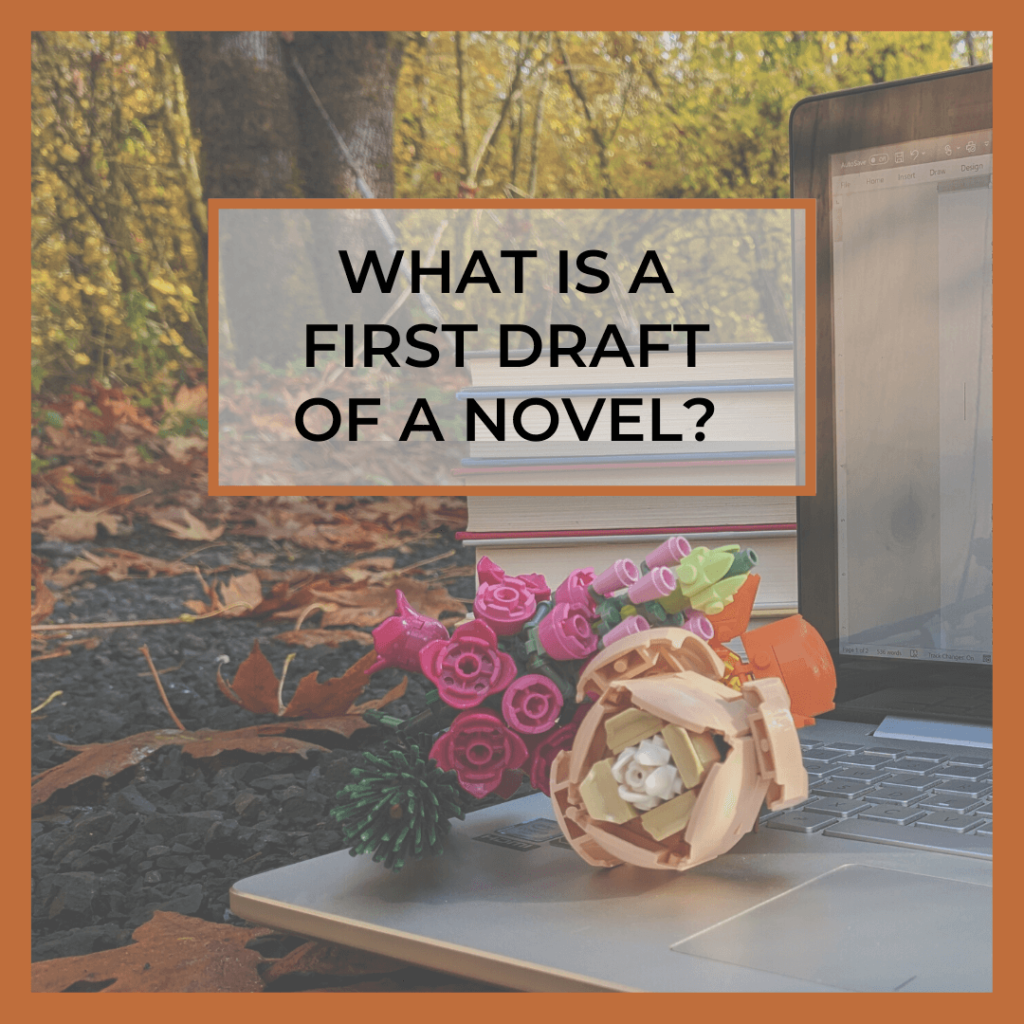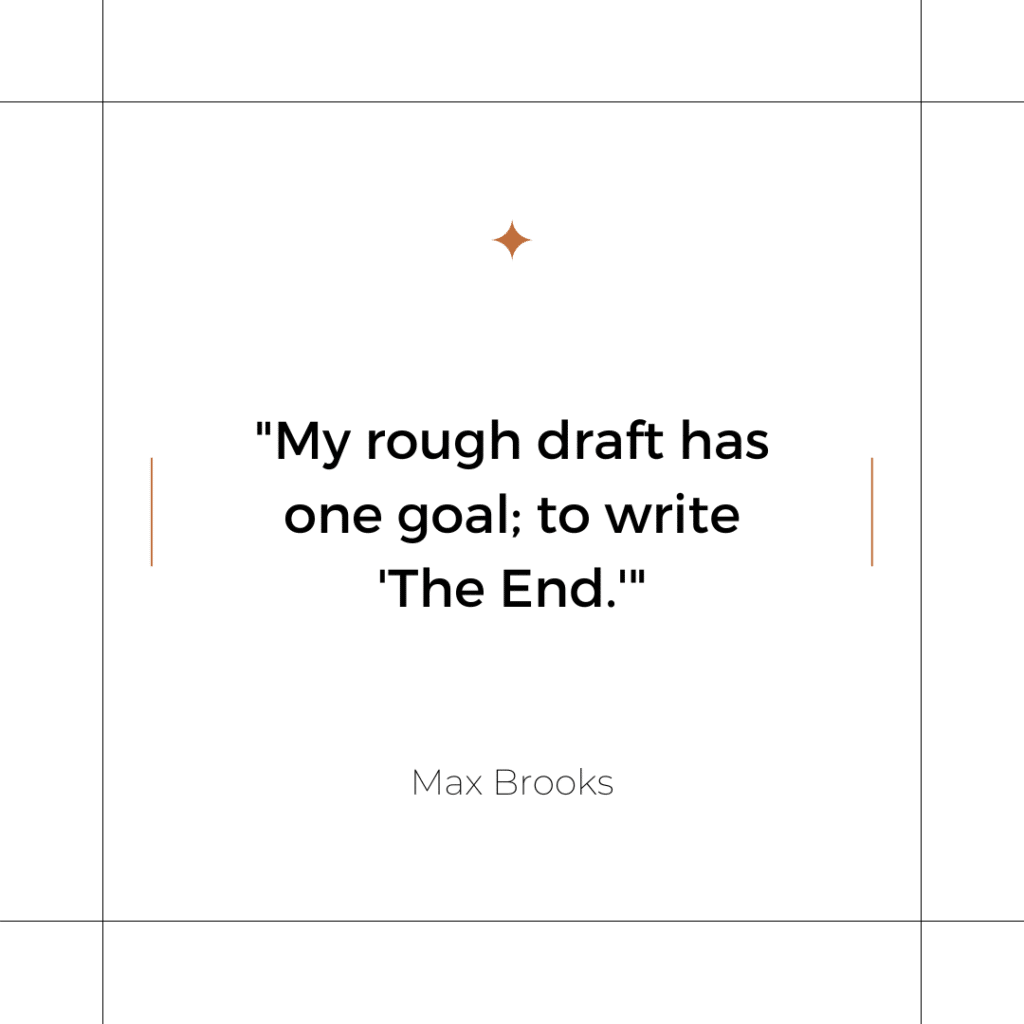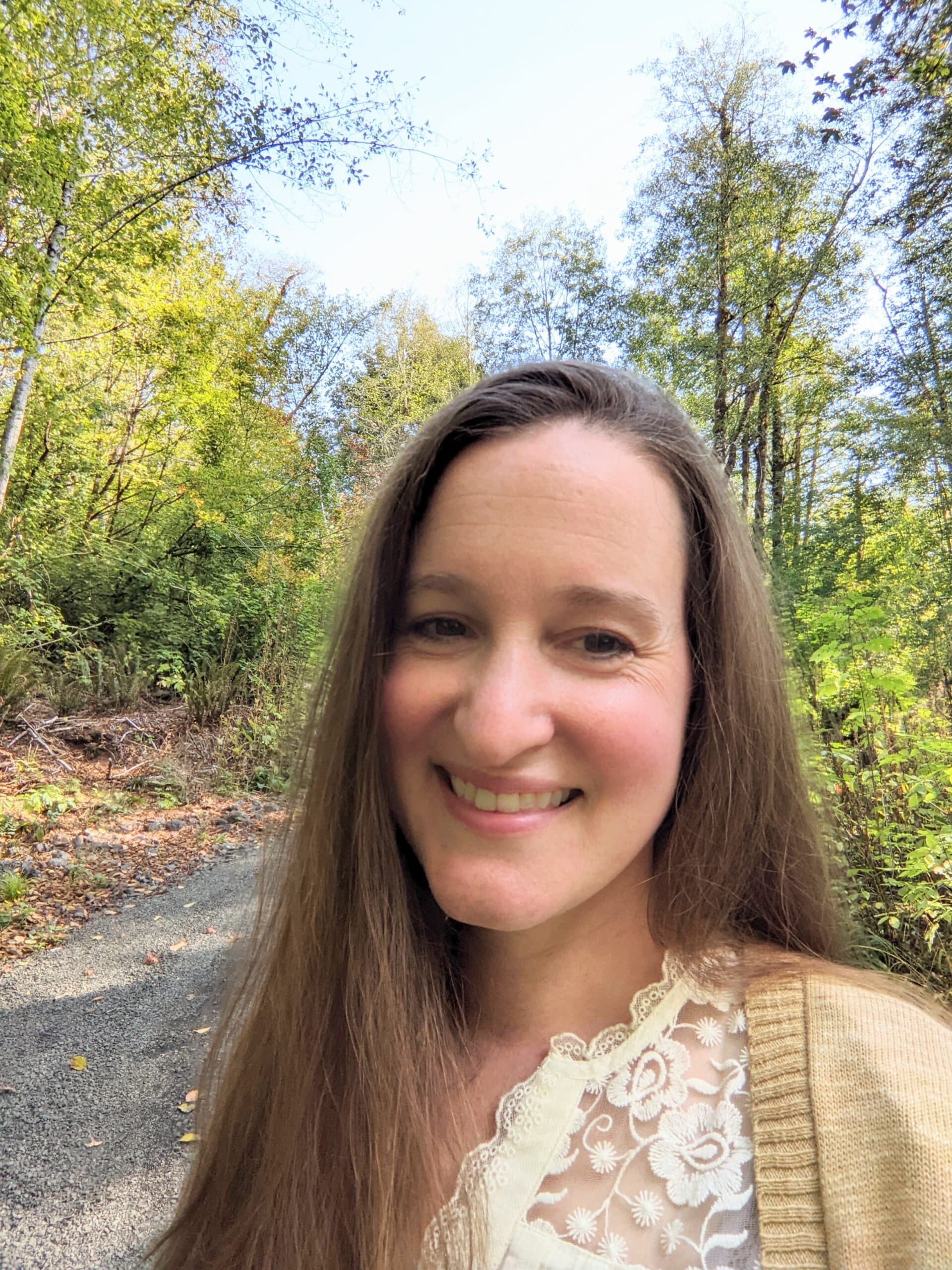
The first draft is an important step in the novel writing process. It’s the step you take after developing an idea and plotting (or not, no judgment here). Unfortunately, this step can sometimes bring a bit of anxiety and fear to the author. A way to get past the fear is to understand what a first draft is supposed to be. Then once you get past the rough draft, you can start the process of writing your book. So I’ll be going over what a first draft is, why you need a first draft, why they cause us anxiety, examples of how other writers view their first drafts, how to write a first draft, and tips for writing a first draft.
What is a first draft, and why it matters?
To understand what your novel’s first draft is, we need to know the definitions of ‘first’ and ‘draft.’
The first draft is the beginning of many versions of your book.
“First” means “coming before all others in time or order.” This implies that this draft is the first in a long line of versions to come. It is the initial step. The step that needs to happen before anything else can be done.
“Draft” means “a preliminary version of a piece of writing.” This implies that the draft is not yet complete and that more work will be involved before your novel is finished.
The key takeaway is that a first draft is the beginning of many versions of your book. This concept is important because sometimes writers forget that there is more work after the first draft. And most likely, you won’t be done after the second draft. There will be many rewrites.
Why does this matter? Because if we have too many expectations about what a first draft should be like: I need to write a perfect sentence, I need the draft to be a certain word count, or I need my scenes to be perfectly constructed, we will experience the first draft fear. All we need to remember is that it’s the first version, and it will only get better after we get that first version written. You can’t improve what does not exist.
Why do you need a first draft?
There are three main reasons you need a first draft, it’s the start to making your book better, it’s where you find the heart and soul of your book, and it’s where you experiment.
- Practical: the most important reason for needing a first draft is that you can’t improve what does not exist. The only way to improve your novel is to get the words out of your head.
- Heart and soul of your book: this is where you learn what your story is about. The heart is its emotional core. The core that makes readers care about the story and characters? The soul is the thematic depth of the story. The heart and soul are hard to plot.
- Experiment: first drafts, let us experiment. It’s the only draft where we won’t have a specific item we are trying to check off, like: is there enough conflict, did I show my protagonist’s reactions, or are the motivations there? It’s the moment to do what we want and have fun.
So writing a first draft is where you explore the heart and soul of your book and get everything down on paper to start writing a book.
Why do first drafts cause anxiety?
Many things can cause first-draft fear. Here are some examples: the blank page, perfectionism, imposter syndrome, and a daunting feeling.
- A blank page: this can be intimidating. You don’t know where to start. You second guess what you want to write. But that is the beauty of a first draft. You can start anywhere. You can write anything. There are no rules to a first draft.
- Perfectionism: this might be one of the biggest reasons for anxiety when writing a rough draft. For some reason, we have gotten it into our heads that it has to be perfect. But there is no such thing as a perfect first draft. If it were, it would not be called a ‘first’ draft. Instead, it would be called a ‘final’ draft.
- Imposter syndrome: we can become embarrassed when we see our mistakes in the first draft. We might even think we can’t write. But books are built on layers; you must start with crap and layer on the beauty. So no first draft will look like you are a good writer.
- Daunting: a book has many words, and sometimes it can feel like we will never get it written, that we can’t do it. But when we focus on the fact that it is the first iteration of our book, it can be as short as we want to make it. You can always add on with another draft.
Anxiety is a tough rock to crack.
Find the anxiety rock’s weak spot. Maybe it’s one listed above, or maybe it’s something else.
Then apply pressure to that weak spot. This can be whatever method works for you to push back at your fears. This is Neil Gaiman’s method, “For me, it’s always been a process of trying to convince myself that what I’m doing in a first draft isn’t important. One way you get through the wall is by convincing yourself that it doesn’t matter. No one is ever going to see your first draft. Nobody cares about your first draft. And that’s the thing that you may be agonizing over, but honestly, whatever you’re doing can be fixed…For now, just get the words out. Get the story down however you can get it down, then fix it.”
Then break the anxiety rock. Once you do, you will have a rough draft to start writing your manuscript.
How many drafts do others write?

There is no one answer on the number of drafts you should have to write a book. It’s as many as needed to serve the story. That’s it—no more, no less. An important fact to remember is that if you are just starting to write, you can expect to write several drafts. Even prolific writers have several drafts, as you can see from this list:
J.K. Rowling: “She wrote, re-wrote, and re-worked the opening chapter of Harry Potter and the Philosopher’s Stone not one, not two, but fifteen times.”
- Can you imagine how many drafts for the whole book if she wrote that many drafts for one chapter?
Jessica Stilling: “For many published authors I know, myself included, a completed novel takes them about 10, that’s right, 10 drafts, and at least a year of real editing.”
- I like how she pointed out that the drafts are not even her editing, that was another year on top of those drafts.
Jeffrey Archer: “Do not imagine that the first draft of your book is the one that will be published. My latest novel, The Sins of the Father, was 14 drafts and took approximately 1 000 hours.”
- A good reminder that the first draft is never good.
Jeffery Deaver: “I revise a great deal. My publisher doesn’t even get a peek at my manuscript until I’ve revised it at least twenty or thirty times (and I mean major revisions).”
- This is a good point that even drafts after the first one will be horrible too.
Max Brooks: “My rough draft has one goal; to write “The End.” I have the next 200-300 drafts to make it good.”
- As mentioned above, you can’t improve what does not exist. So a first draft gives you something to improve.
The most important thing is to keep working on your book until it feels right, whether that takes three drafts or three hundred.
How to write a first draft
I will start by saying that writing a first draft will look different for everyone. What works for one person will not work for another. You have to find what works for you. But here are some steps that might give you some ideas for how you might tackle your first draft.
- Idea: come up with an idea for your book. It could be an idea for a character, a what-if situation, or a plot idea.
- Plot: this could mean anything from a spreadsheet with everything mapped out to just a logline. Whatever needs to be written down first for you to get ready to write.
- Plan: plan when you will write your draft. The more concrete you can be about the time and date, even putting it in a calendar, the more likely you’ll complete your first draft.
- Write: start writing and exploring your book. There will be things you won’t know; mark them with ‘???’ and return later in another draft. There will be chapters you’ll instantly cut when you finish your draft. There will be moments when things will go smoothly and moments when it’s like walking on coals, painful and scary. But the goal is to get it on paper in any shape possible. That is the only mission, nothing else.
The goal is just to write “The End,” as Max Brooks said. Whatever you need to get to that is how you write it. If you need to plot, plot. If you need to be a pantser, pants it. If you need rewards after every chapter, then buy yourself some rewards. If you need alone time for a month, ask for it. Find what works for you and get it done.
Tips for writing a first draft
Here are some tips for when you start writing your first draft.
- Have fun: explore, experiment, and have fun writing when that’s all that is required of you. After the first draft, it’s all about improving it, and the freedom to find your story is no longer the goal.
- There are no writing rules: first drafts are free from writing rules. In fact, if you are thinking about them when writing your first draft, something is wrong. That’s not having fun or exploring the heart and soul of your book.
- Expect the story to evolve: even if you are a plotter, your story will change while writing it. Embrace it. Love it.
- Ignore other people’s rules, find your own: You’ve been told that for your first draft, you should write as fast as possible, or you need to outline before you write your first draft, or you need to write at least 1,000 a day. Those are things that work for other people. So don’t be discouraged if what works for you does not match someone else’s expectations.
And most important, enjoy the process. There will be no other time in writing your book when the process will be like this again. It is a special moment in the writing process that should be cherished and savored. And by all means, when you are done, celebrate because you accomplished the part most writers fail at—getting the story in your head down on paper (or screen 😊 ).
So what is the first draft of a novel?
Think of it as exploring and finding the heart and soul of your book.
It’s the initial step after getting an idea for a book and is the beginning of many versions of the novel to come. Even famous authors write multiple drafts. Don’t look at a first draft as something that has to be perfect, don’t even think it’s the book. Instead, think of it as exploring and finding the heart and soul of your book. When you do this, you will no longer feel the first draft fear. You will come to love the exploration. And you will understand what Nicholas Sparks said, “Writing the last page of the first draft is the most enjoyable moment in writing. It’s one of the most enjoyable moments in life, period.”
To help keep you on track and to remind you to have fun writing your first draft, subscribe to my monthly newsletter and get a free tracker. To use the tracker, write the month on the left side, and for each day you write, color in the corresponding square. Have fun!

